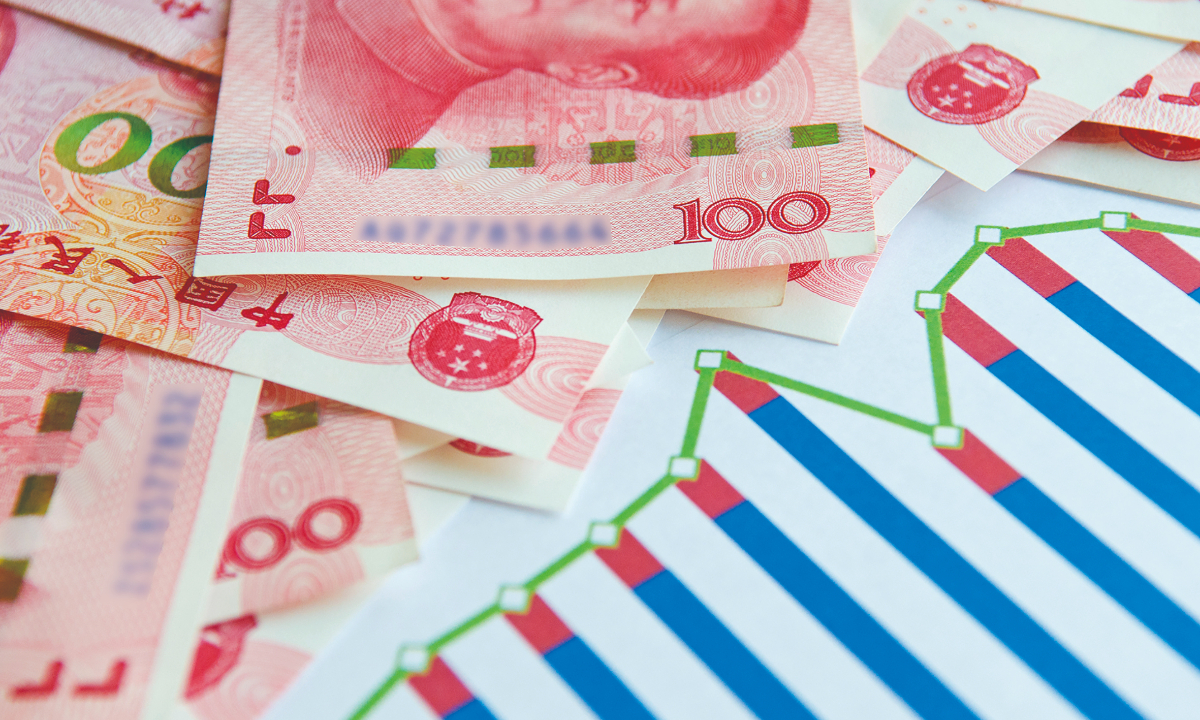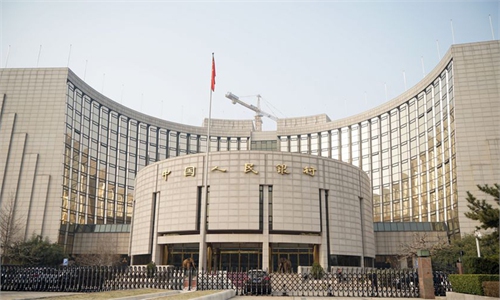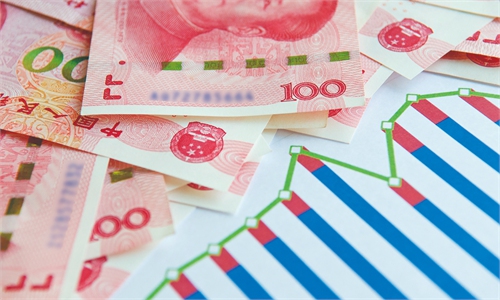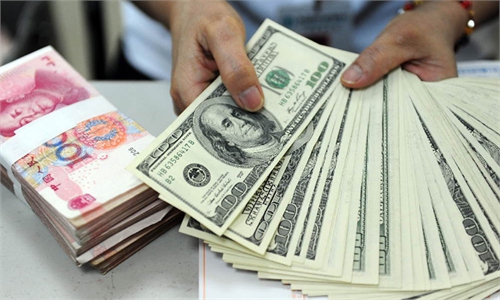
Photo: IC
With the US kicking off a drastic tightening cycle by raising its benchmark interest rate, Southeast Asian countries appear to have again faced a new wave of economic turbulence that is sweeping through their economies, stock markets and currencies.
As of Monday's close, Vietnam's Ho Chi Minh Stock Index plunged nearly 20 percent in May, while Indonesia's Jakarta Stock Exchange Composite Index fell by more than 9 percent, with the Indonesian rupiah's exchange rate against the US dollar hovering around its April 2021 low. Other Southeast Asian markets have also fared poorly in recent days.
While there is no major negative news about their economies in the market and it was not long ago that Southeast Asian markets were considered as a new promised land for global capital investment due to the region's rise in manufacturing strength, investors' appetite seems to have changed dramatically.
A main reason behind the region's negative outlook is the US' tightening of its monetary policy. In early May, the Federal Reserve raised interest rates by half a percentage point and announced that it would soon shrink its portfolio of bond holdings.
Since Southeast Asian countries have a large number of US dollar-denominated assets and use the dollar as the main currency for trade settlement, their economies are often involuntarily exploited by their overdependence on the dollar. This reliance may explain why when the Fed starts to raise interest rates to squeeze liquidity out of global markets, emerging economies in Southeast Asia are among the first to face capital outflows, economic turbulence, asset crash and even financial crises.
So there is reason to worry whether Southeast Asian economies will face a new imminent crisis after the US Fed's rate hikes, and a downward spiral could be exacerbated by the Russia-Ukraine conflict, US-led economic sanctions against Russia and the continuing COVID-19 pandemic.
It may seem as if Washington is doing its best to repair relations with ASEAN countries, but it fails to understand that the problem is not just that it did not invest enough, but that its economic and financial policies are often a departure from or even detrimental to the development of these countries.
The so-called special US-ASEAN summit in Washington last week was a prime example of a US investment commitment aimed at undercutting ASEAN's cooperation with China. But regional countries know all too well that their development, including dealing with shocks created by US monetary policy, requires greater coordination.
One of the lessons of the 1997 Asian financial meltdown was that regional countries should not become subservient to the US economy. And the central role China played during that economic turmoil has since become even more prominent in promoting regional cooperation.
The US is sparing no efforts in sabotaging cooperation between Southeast Asia and China by sowing discontent, there is no way it can stop massive China-ASEAN economic ties. Over the years, China's rapid development has injected a strong impetus into the prosperity of Southeast Asia. China has become the largest trading partner for almost all Southeast Asian countries, with their supply-chain cooperation closely intertwined.
Moreover, heighted global financial risks will add to the urgency for more cooperation between the two sides. On the one hand, Southeast Asia has the need to find ways to reduce or hedge the risks caused by their dollar reliance. On the other hand, given the close industrial chain ties, potential economic turbulence in Southeast Asia will also have some impact on the Chinese economy.
In this sense, China needs to continue to push for the internationalization of the yuan in Southeast Asia, particularly by increasing the usage of the yuan in trade settlement and boosting the yuan's proportion in the global foreign currency reserves. To that end, the IMF recently lifted the Chinese yuan's weighting in the Special Drawing Rights (SDR) currency basket to 12.28 percent in its first regular review of the SDR valuation, in a major show of growing global recognition of the Chinese currency.
With the yuan being used more in economic and trade cooperation between China and Southeast Asia, it is believed that the region's ability to withstand financial risks posed by US policy shifts will also be strengthened.



